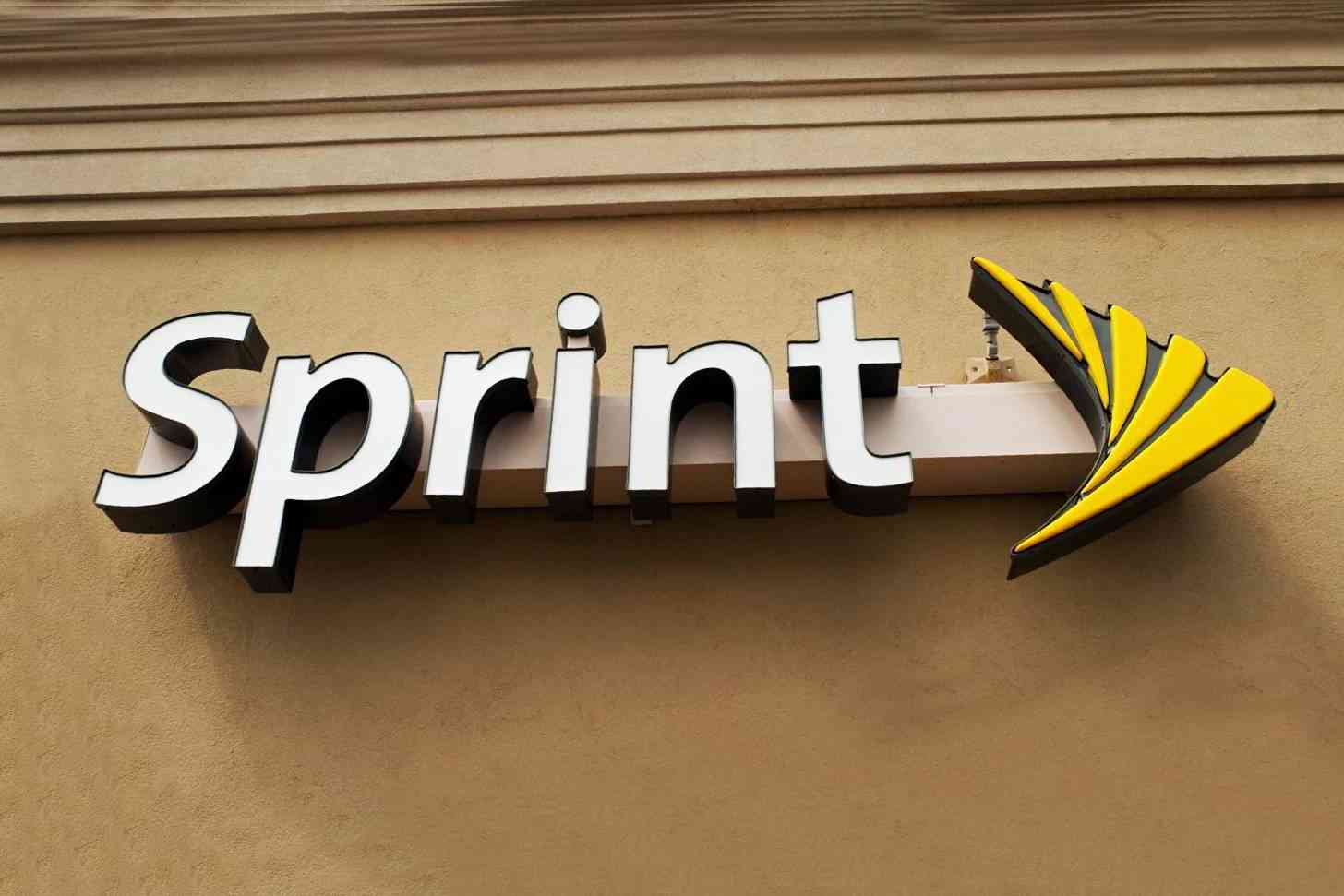
It wasn’t so long ago that we only had two choices when it came to purchasing a new phone: full-price or subsidized. Each option had their pros and cons. If you went the full-price route, you would end up dropping a significant sum of cash for a phone, but you wouldn’t be locked into a 2-year agreement. If you went the subsidized route, you would be dropping a significantly less amount of moola, but you would be locked into a two-year agreement with a carrier.
Personally, I always went with the subsidized route. I purchased my first subsidized device when I was 18, which was the Samsung Instinct for Sprint. The device was supposed to mimic the look and feel of the Apple iPhone, which was an AT&T exclusive at the time. Despite the fact that the Instinct was a feature phone that wasn’t as future-proof as the iPhone, it had enough features to convince me that I really wanted it. So, at $199 with a 2-year contract, I purchased the Instinct with what savings I had made from my minimum wage weekend job.
When I made that purchase, I don’t think I really knew what I was getting myself into. I knew very little aside from the fact that I got a phone for $199 and I would be with Sprint for 2 years. I didn’t know that the $199 price tag was subsidized, and I didn’t know that I wouldn’t be able to just walk into any old Sprint store whenever I wanted and pick up a new phone for a similar price. After a couple of embarrassing encounters where I’d walk into a store and confidently ask to purchase a new phone only to be told that I wasn’t eligible for an upgrade yet, and then subsequently told that I could buy a new phone for a much higher price (that was in fine print under the large, advertised subsidized price) I eventually got most of the details down.
But I wasn’t happy with the two-year upgrade cycle, and from 2008 to around 2011 I ended up looking for every loophole that I could in order to upgrade. Back then it felt like phones all too quickly became laggy, unresponsive, and overall an unpleasant experience after the “newness” of the phones wore off. Expecting a phone to last for 2 years seemed like it was much too long. But this is how things were, and eventually I ended up turning to rooting Androids and flashing ROMs to keep myself happy with my daily driver.
And then T-Mobile’s “UnCarrier” initiative came along, revealing things about subsidized plans that many people had no idea about. For instance, most people – myself included – had no idea that the subsidized pricing included a hidden fee on your bill each month that would, over time, end up paying the full price of the phone. Not only that, but even after you had technically “paid off” the phone in full, you would continue to pay the same price as if you hadn't. So when T-Mobile became so transparent with this information (with help from the audacious John Legere) it caused the industry to turn on its head. Soon after, all four carriers nixed the two-year contract completely.
However, it would seem that Sprint has quietly revived the option, stating that they had enough interest from customers to re-implement it alongside their monthly installment, lease, and full-price options.
Honestly, I can’t blame them for adding it back in. While it may actually end up costing more money for the consumer in the long run, for a lot of people the subsidized pricing just works out better. At this point in time you can get some really nice phones for as little as $0 down. And it’s not like Sprint is taking away the other options – it’s just adding in an extra choice. Plus, smartphones today seem to last much longer (at least software-wise) than they once did, making the two-year agreement seem much less daunting. While I personally wouldn’t return to contracts, I imagine there are a lot of people happy that at least one carrier decided to bring it back.
So, readers, with at least one carrier bringing back the two-year contract, will you be going back? Let us know why or why not in the comments below!